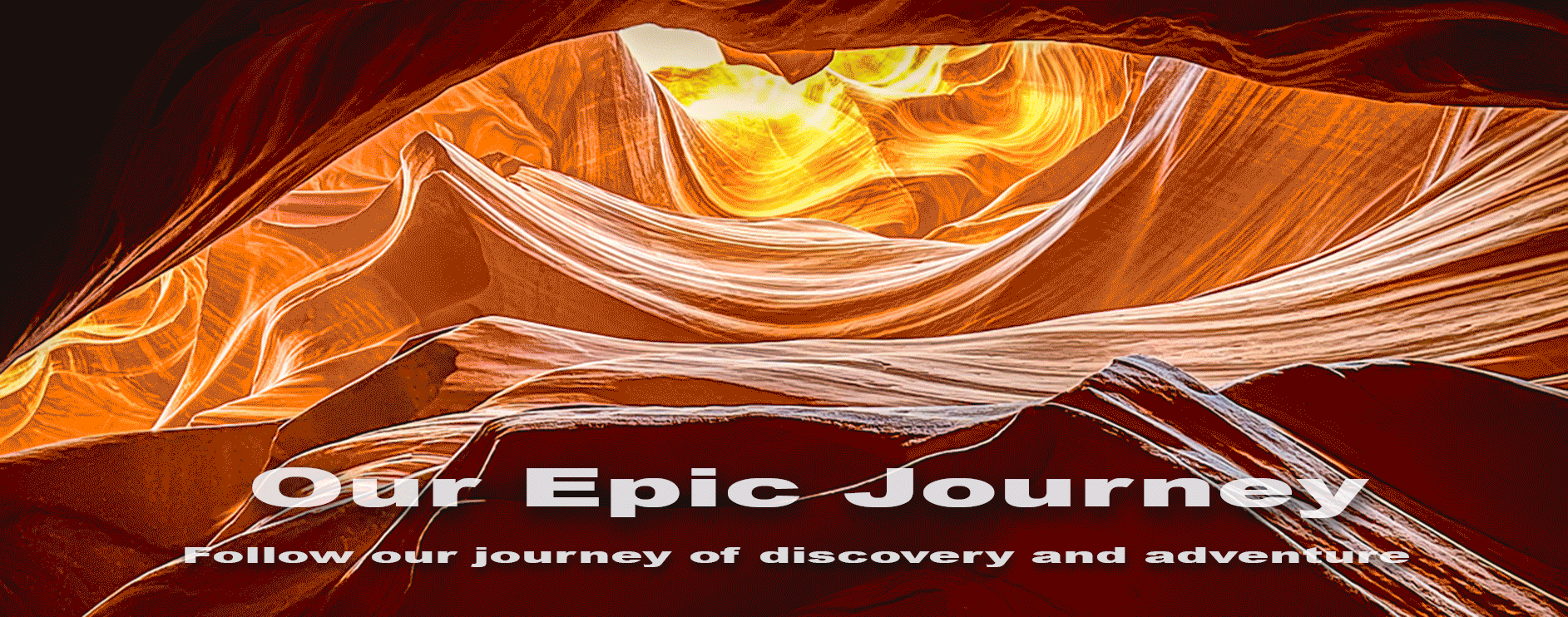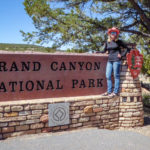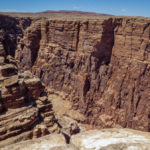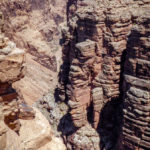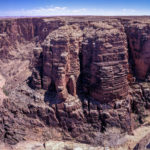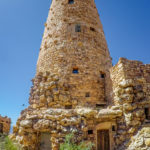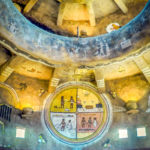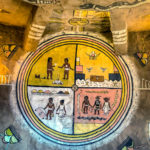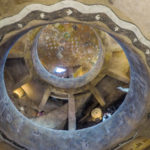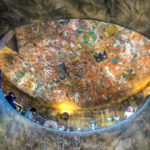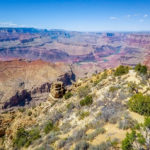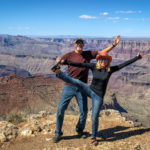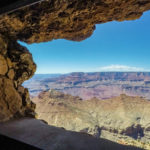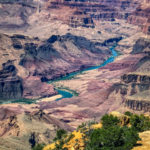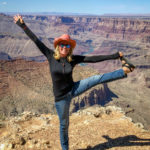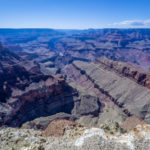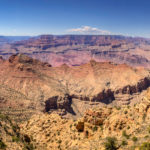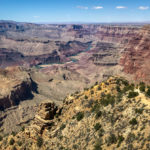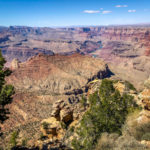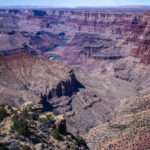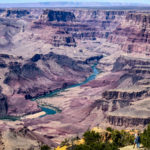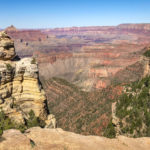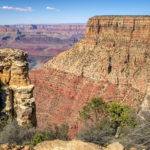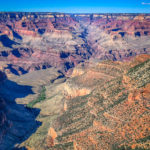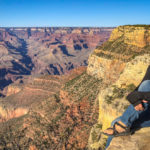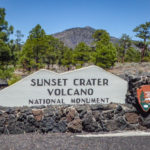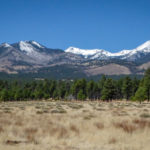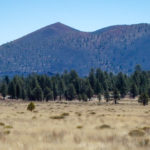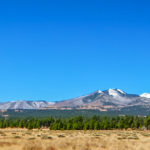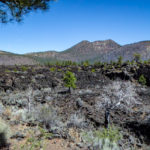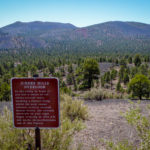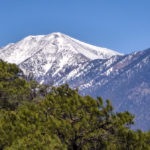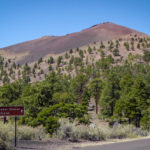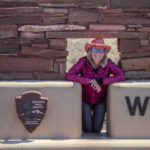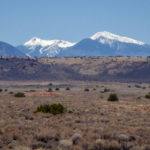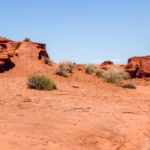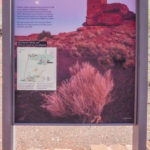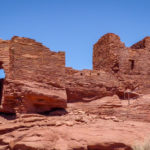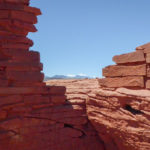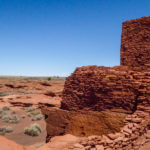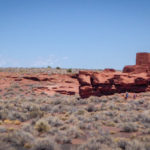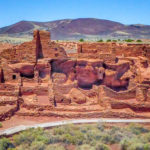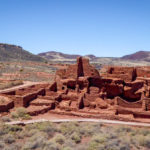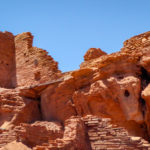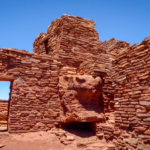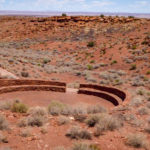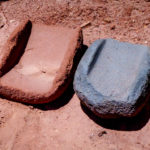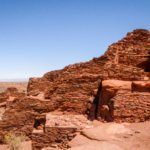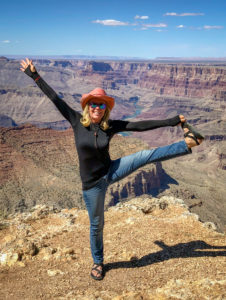
Arrived in Flagstaff, AZ and staying at the J and H RV Park just north of Flagstaff for a few days. Spent a fabulous day driving to the Grand Canyon East Entrance from Cameron along the Desert View Scenic Drive. The views along the way were beautiful and we stopped at several lookouts before arriving at the historic Watchtower. The Indian Watchtower at Desert View, is a 70-foot high stone building, and the four-story structure was completed in 1932. The tower was designed to resemble an Ancient Pueblo Peoples watchtower. The main space is the Kiva Room in the base structure, and features a fireplace with a large picture window directly above where the chimney would ordinarily go. The tower is decorated by bold murals by Fred Kabotie. The small windows in the tower’s shaft let beams of light into the space as we climbed up the small staircase. The upper floors serve as an observation deck from which we can view the eastern portions of the Grand Canyon. The views were spectacular from this vantage point. Click on thumbnail to view image
Grand Canyon
Sunset Crater National Monument
We stopped at the Sunset Crater National Monument to view the crater. This volcano was created through a flow of cinders that erupted from the ground about 900 years ago. This natural phenomena created a crater like structure of cinders and lava flows that sits amongst a ponderosa pine forest. We drove the scenic loop before stopping at the Visitor Center and then we took a short hike to view the crater. Overall Sunset Crater is an intriguing natural creation worth exploring. Click on thumbnail to view image
Wupatki National Monument
Next we visited the Wupatki National Monument, Wupatki, which means “Tall House” in the Hopi language, was first inhabited around 500 AD, and is a multistory pueblo dwelling comprising over 100 rooms, making it the largest building for nearly 50 miles. Nearby secondary structures have also been uncovered, including two kiva-like structures. We wandered through the ruins exploring the different buildings. The dwelling’s walls were constructed from thin, flat blocks of local sandstone giving the pueblos their distinct red color, and held together with mortar, many of the walls still standing today. Click on thumbnail to view image
